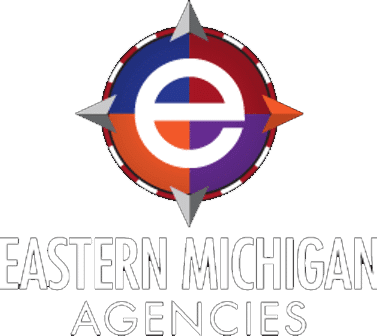In the manufacturing industry, where heavy machinery, equipment, and potential hazards are common, having a robust first aid preparedness plan is essential. This case study highlights the importance of first aid preparedness in a manufacturing setting and demonstrates how a well-implemented first aid program can effectively address injuries and improve worker safety.
Background:
ABC Manufacturing is a large industrial facility specializing in the production of automotive parts. With hundreds of employees and a wide range of manufacturing processes, ensuring the well-being of workers is a top priority for the company. Recognizing the potential risks associated with their operations, ABC Manufacturing took proactive steps to establish a comprehensive first aid preparedness plan.
Implementation:
- First Aid Training and Certification:
ABC Manufacturing invested in comprehensive first aid training programs for designated employees. These programs covered topics such as CPR, wound care, fracture management, and chemical exposure protocols. Employees selected as first aid providers underwent rigorous training and received certification to ensure their competency in administering immediate medical assistance.
- First Aid Kits and Equipment:
The company ensured that each department had fully stocked first aid kits readily accessible to all employees. The kits included essentials such as bandages, dressings, antiseptics, burn creams, eye wash solutions, and basic medical equipment. Regular inspections were conducted to replenish supplies, replace expired items, and ensure the functionality of equipment such as automated external defibrillators (AEDs).
- Emergency Response Procedures:
ABC Manufacturing developed a clear and concise emergency response plan. The plan outlined specific steps to be taken in case of accidents, injuries, or other critical incidents. It included instructions on how to contact emergency services, the designated assembly points for evacuation, and communication protocols to ensure seamless coordination during emergencies.
- On-Site Medical Personnel:
To enhance first aid preparedness, ABC Manufacturing employed qualified medical personnel on-site. These medical professionals had a comprehensive understanding of occupational health and safety, and they played a crucial role in providing immediate medical assistance to injured employees. They were equipped to handle a wide range of injuries and medical emergencies.
Results and Impact:
By prioritizing first aid preparedness, ABC Manufacturing witnessed significant improvements in worker safety and overall well-being. Several notable outcomes were observed:
- Timely and Effective Response:
In the case of an accident resulting in a severe laceration, the immediate availability of trained first aid providers and well-stocked first aid kits ensured that prompt medical attention was provided. The injured employee received necessary wound care, including cleaning, proper dressing, and temporary immobilization. This immediate response minimized the risk of infection, reduced blood loss, and facilitated subsequent medical treatment.
- Increased Confidence and Morale:
The presence of well-trained first aid providers and on-site medical personnel instilled confidence among employees. Knowing that help was readily available in the event of an injury or medical emergency created a sense of security and reassurance. This, in turn, improved morale, productivity, and overall job satisfaction.
- Minimized Downtime:
By promptly addressing injuries and providing appropriate first aid, ABC Manufacturing minimized the impact of accidents on production schedules. Swift response and effective first aid interventions prevented minor injuries from escalating into more severe conditions, reducing the need for extended medical leave and ensuring continuity of operations.
- Safety Culture and Awareness:
The implementation of a comprehensive first aid program fostered a safety-conscious culture within the organization. Employees became more aware of potential hazards and the importance of adhering to safety protocols. This heightened awareness contributed to proactive hazard reporting, increased compliance with safety guidelines, and a general commitment to maintaining a safe work environment.
Conclusion:
The case study of ABC Manufacturing highlights the significance of first aid preparedness in the manufacturing industry. By prioritizing first aid training, stocking adequate supplies, implementing emergency response procedures,







